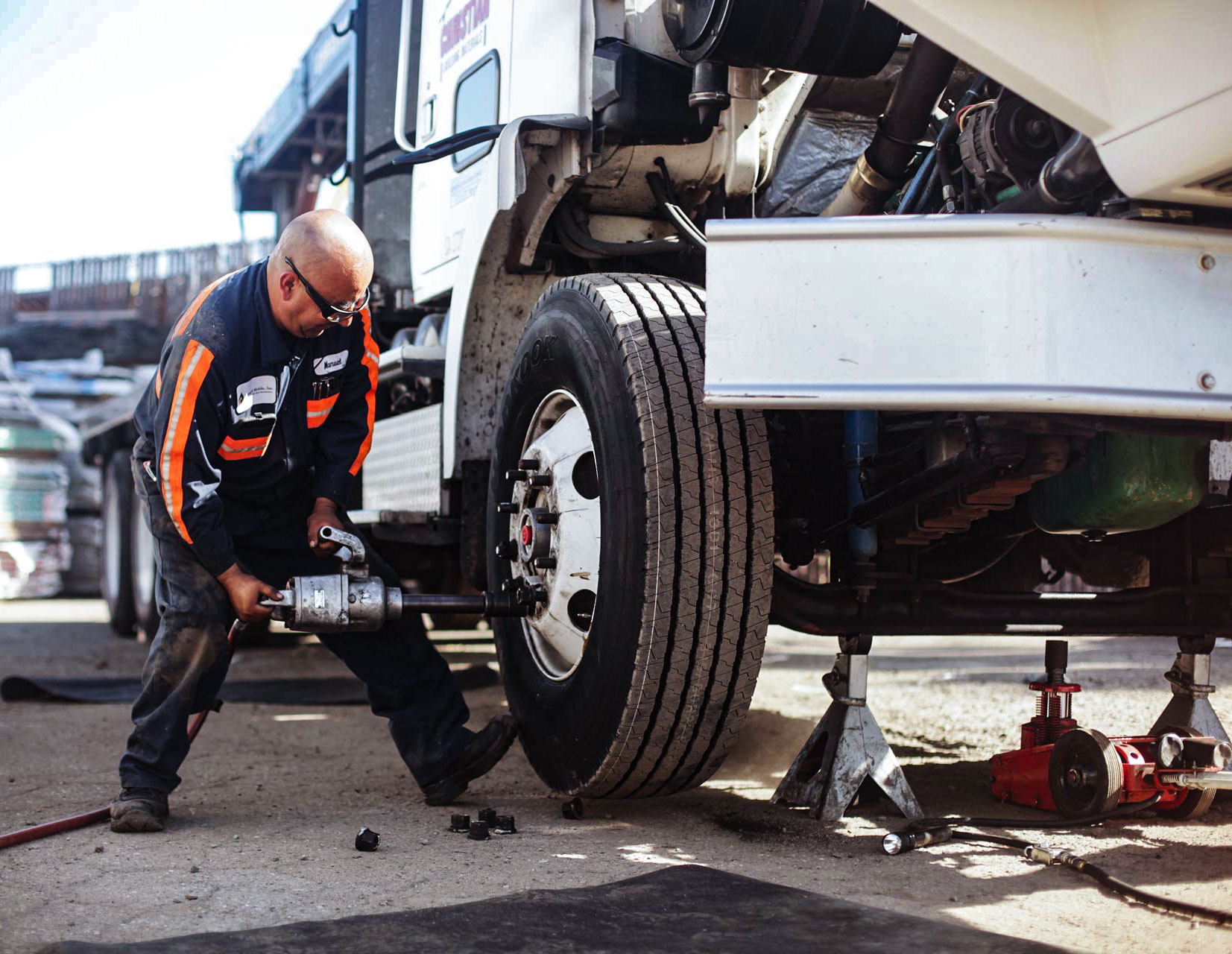The Web Link In Between Tire Solution and Gas Performance
Among the various aspects that influence gas efficiency, tire solution stands out as an important aspect that usually goes forgotten. The complex connection between tire upkeep and gas economy is a testimony to the detailed functions of an automobile.
Relevance of Proper Tire Inflation
Appropriate tire inflation is an essential consider maximizing fuel performance and making certain optimum vehicle efficiency. When tires are underinflated, it creates a lot more rolling resistance, triggering the engine to work tougher and burn even more fuel to keep the same speed. On the other hand, overinflated tires can lead to a harsher adventure, unequal tire wear, and reduced traction. To locate the suggested tire stress for your lorry, describe the proprietor's guidebook or the sticker located on the motorist's side door jamb.
Maintaining the right tire stress not only improves gas efficiency however likewise improves driving safety. Effectively filled with air tires give better handling, stopping, and overall efficiency when traveling. Additionally, they add to extending the lifespan of the tires, conserving you money in the future by reducing the frequency of substitutes. Frequently checking and readjusting tire stress, particularly eventually trips, is a straightforward yet effective means to maximize your automobile's gas economic situation and guarantee a smooth driving experience.
Effect of Tire Tread Depth
Preserving the advised tire pressure is vital for ideal car performance and gas efficiency; in a similar way, the walk deepness of your tires plays an essential function in guaranteeing safety and traction on the road. Tire tread deepness directly influences the capability of your tires to grasp the road surface, specifically in damp or unsafe conditions. Consistently evaluating your tire tread depth and changing tires when required is a basic yet effective method to promote both safety and fuel efficiency on the road.
Role of Wheel Placement in Efficiency
Making certain accurate wheel positioning is crucial for maximizing car efficiency and taking full advantage of gas economic climate. Correct wheel placement entails readjusting the angles of the wheels to manufacturer specs, making sure that they are alongside each other and perpendicular to the ground. When wheels are misaligned, it can result in uneven tire wear, raised moving resistance, and reduced gas efficiency.

In addition, get more accurate wheel positioning can additionally enhance handling and security, lowering the amount of power required to navigate the automobile (discount tires morris il). By minimizing unnecessary friction and drag, proper wheel positioning plays a vital role in improving general vehicle performance and gas economic climate. Normal wheel alignment checks and adjustments are essential for maintaining optimal efficiency and maximizing gas cost savings
Link Between Tire Upkeep and MPG
An essential element of maximizing gas efficiency in lorries is the upkeep of tires and their straight effect on miles per gallon (MPG) Correct tire upkeep plays a critical role in making the most of gas economic climate. On the various other hand, overinflated tires minimize the call patch with the roadway, leading to irregular wear and decreased fuel effectiveness.
Furthermore, tire walk depth additionally affects fuel performance. By guaranteeing tires have sufficient tread deepness, drivers can boost both safety and security and gas economic climate.
Essentially, appropriate tire maintenance, consisting of surveillance tire stress and walk deepness, is straight linked i loved this to accomplishing optimum MPG. By integrating normal tire evaluations and upkeep right into an automobile care routine, vehicle drivers can not just extend tire life yet also improve fuel effectiveness, ultimately conserving cash and lowering environmental impact.

Tips for Fuel-Efficient Tire Treatment
Offered the important relationship between tire upkeep and gas effectiveness, executing efficient methods for optimizing tire treatment is key to enhancing total car efficiency. To guarantee fuel-efficient tire treatment, regular tire pressure checks are important. Properly inflated tires lower rolling resistance, improving gas performance and expanding tire life expectancy. Furthermore, maintaining appropriate wheel placement and balancing helps distribute weight evenly, protecting against irregular tire wear and optimizing fuel intake. Revolving tires at suggested periods advertises also step wear, enhancing fuel efficiency by making sure all tires add similarly to car performance. It is likewise crucial to check tires for indicators of damages, such as cuts, slits, or bulges, as these issues can affect gas efficiency and general security. Choosing tires with low moving resistance can substantially improve fuel economic situation. By integrating these fuel-efficient tire care ideas into a routine upkeep schedule, chauffeurs can take full advantage of gas efficiency, minimize running prices, and lengthen the life of their tires.
Conclusion
To conclude, correct tire solution plays a vital duty in gas effectiveness. Maintaining proper tire inflation, keeping track of tread depth, and making certain wheel positioning Web Site can all add to making best use of miles per gallon. By regularly preserving tires and following fuel-efficient tire care pointers, drivers can enhance their automobile's efficiency and reduce fuel intake. It is important to focus on tire upkeep to not only save money on fuel expenses however likewise to promote total lorry effectiveness.